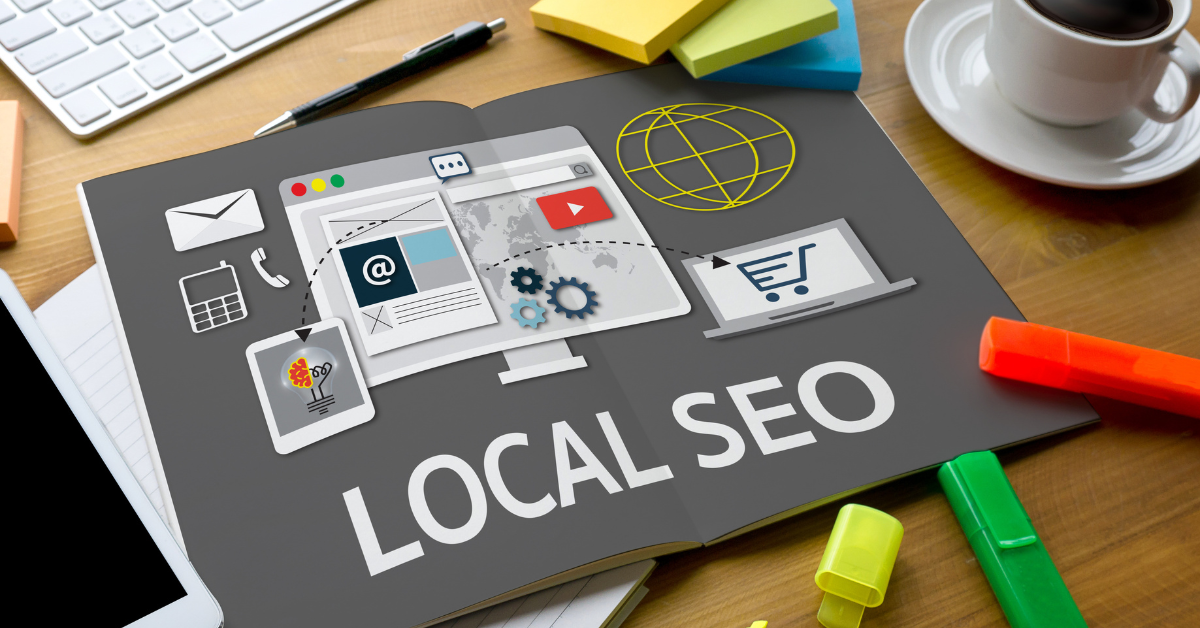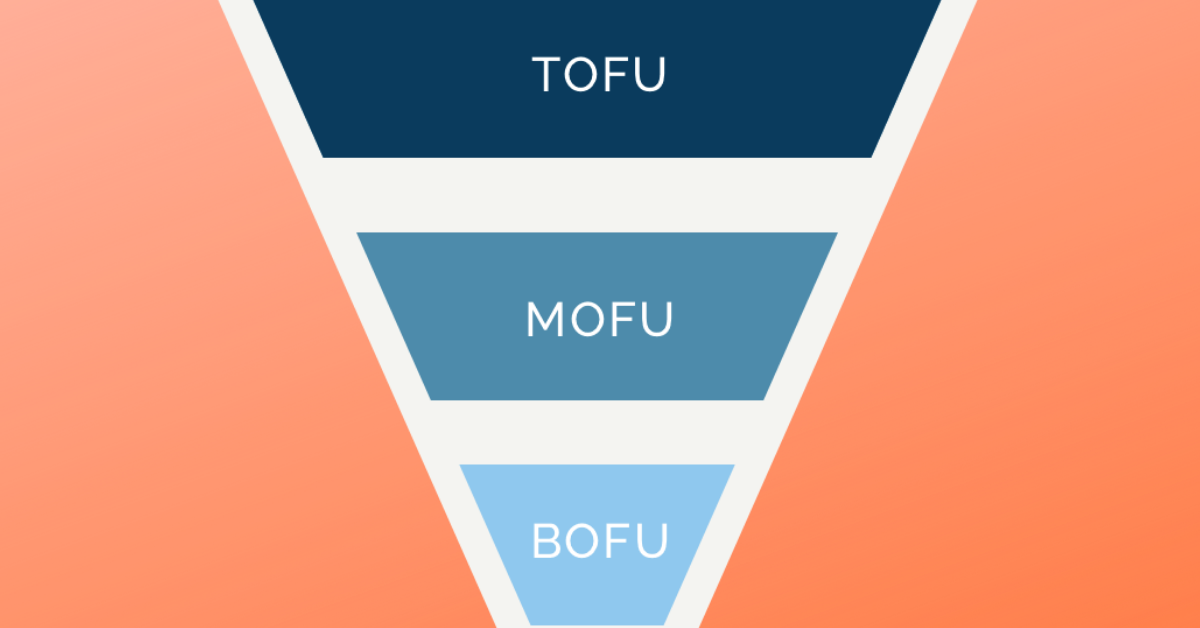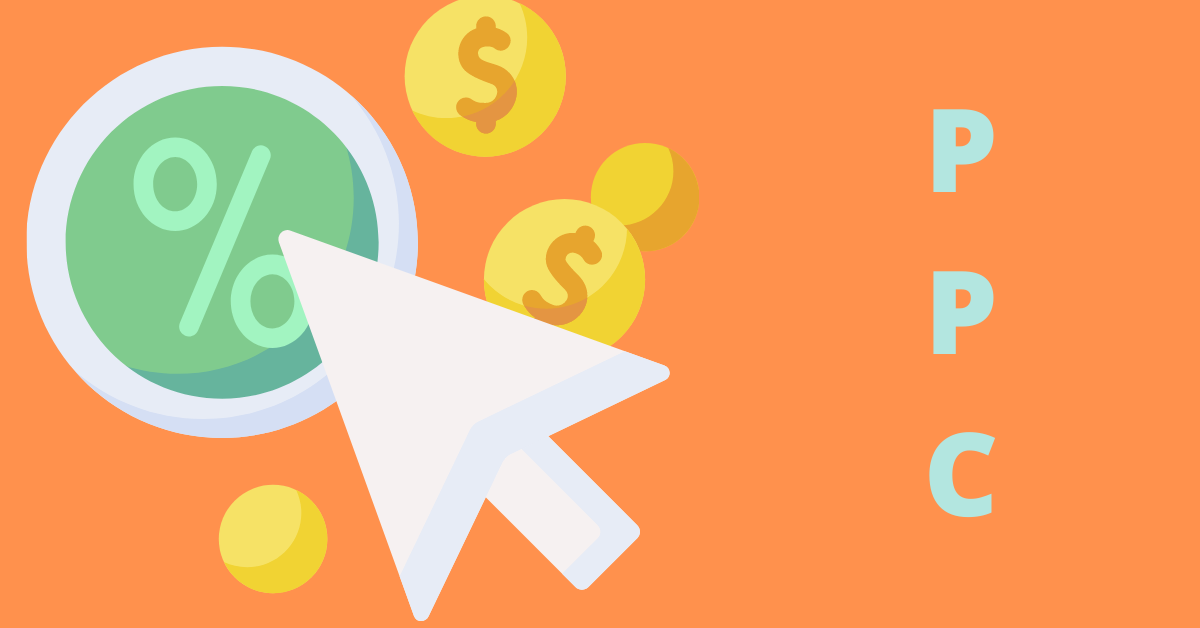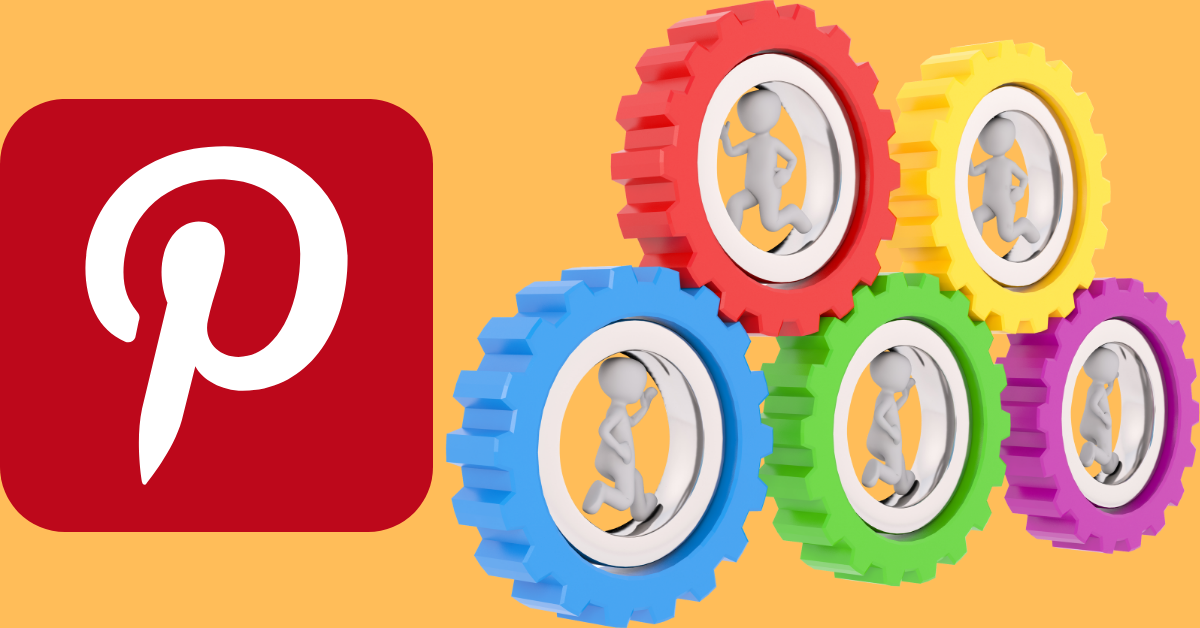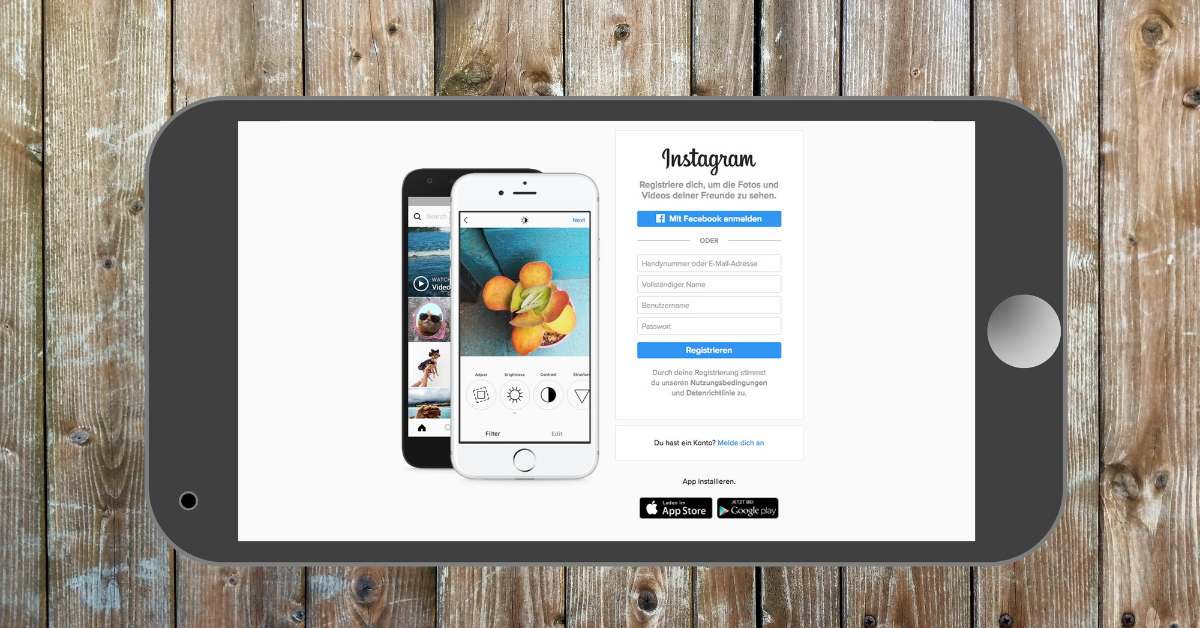A digital marketing speaker Hong Kong highlights that audiences, customers, followers, and leads crave one thing – valuable content. That is why a social media agency Hong Kong defines content marketing as the process of attracting, delighting, and engaging target markets. For a video marketing agency Hong Kong, there are several tricks for content pitches to be successful. We’ve got you covered.
You can take content marketing to the next level by integrating psychological insights. Below, we have listed recommendations to improve content pitches and placements.
AIDA
AIDA is the acronym for Attention, Interest, Desire, and Action. It is the cornerstone of modern content pitches. Such a content pitch starts by sparking attention and waking up the customer’s interests and desires. The last phase ends with a persistent call to action. If all of these steps are performed well, the content pitch will leave the customer with a lasting impression.
Color Psychology
Color can influence one’s assessment of a product or service offered. Initial color interactions can help consumers decide whether to buy or not in 90 seconds. Blue, orange, and yellow are happy colors. Black, brown, and red are sad colors. Using happy colors on content pitches can influence 62 percent to 90 percent of customers to make a purchase.
Emotional Pitches
Around 53 percent of communication is body language. Online, the lack of face-to-face communication becomes a communication barrier. The trick is to craft emotionally-engaging pitches and create personal connections to overcome such a content pitch obstruction. Viral images can be emotional triggers. They can arouse amazement, astonishment, curiosity, interest, and even uncertainty. Reports showed that viral campaigns garnered ten times to a hundred times more impressions than regular content pitches.
Fewer Options
There is what you call a paradox of choice among consumers. Most people take action on simplified campaigns. It means giving them limited options when buying a product or service. The availability of colors and sizes will be enough. Instead of troubling them with designs and other choices. In that way, the trick is to make it easy for customers to buy during your content pitches.
Multiple Campaigns
The freedom of choice theory states that around 40 percent to 60 percent of online shoppers are captured when given a variety of choices. Multiple campaigns and research topics can their beat. Offer new products and services in different promotions. Provide different coupon codes and discounts. These multiple campaigns allow consumers the freedom of choice that they really wanted.
Support a Cause
People are more likely to engage and support content pitches that confirm their own beliefs. That is why brands and businesses must support a cause. Tailor content that expressed the beliefs of a brand or business. If possible, choose global issues to support, like earth-friendly causes, green energy, racial equality, etc.
Reference: https://blog.red-website-design.co.uk/2022/08/16/content-placement-pitch/

